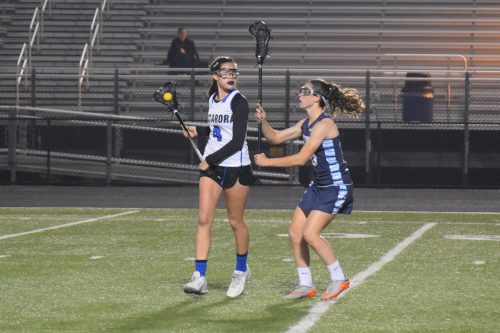Loudoun County, Va. — We all know that running is great exercise for our bodies, but often people stop due to knee or lower leg pain. This can happen for a variety of reasons, but usually ones we don’t even think about. Did you know that more than 50 million Americans deal with some sort of knee trouble? So it’s not surprising that the knees are the second most common injured joint.
Common injuries with running or exercising:
- Patellofemoral pain
- Meniscus tears and pain
- Ligament injuries (ACL, PCL, MCL, LCL)
- Osteoarthritis
- Shin splints
- Hamstring pulls
- Achilles tendonitis
Common causes of most knee and leg pain:
- Poor muscular strength
- Imbalance of muscular strength with certain muscles stronger and others weaker
- Poor muscular coordination
- Poor biomechanics of walking / running
- Lack of flexibility
Rule of thumb, don’t push through pain
‘No pain, no gain’ is not always the best policy. While feeling a stretching sensation or muscle burn is a normal part of exercising, pain itself is not a normal feeling and should not be something you just deal with. Whether that pain is sharp or dull, you should never push through it.
It is very important to do an adequate warm-up before you exercise because your muscles and tissues require internal lubrication to work properly. Warming up brings natural fluids to the area to help with lubrication, improving elasticity and function. In addition, a proper post-workout stretch is also important to ensure that flexibility is maintained and gained.
5 Ways to Improve Knee Pain:
- Increase your leg strength.Do wall sits, knee extensions, toe raises, hip side-lifts to name a few.
- Improve your patella (kneecap) tracking. Your kneecap needs to slide up and down and actually form a C pattern when you bend your knee. Do leg lifts with your whole leg rotated to strengthen the inner thigh and knee muscles. Make sure to stretch your kneecap up and down, side to side, to ensure gliding. Most patellofemoral pain comes from poor patella tracking and a physical therapist is the expert to diagnose and treat this problem.
- Maintain and improve flexibility.With running and exercising it is very common for the powerful muscles in the leg to become tighter. For example, the hamstring and outer tissues of the leg (iliotibial or “IT” band) can become very tight, altering the mechanics of the knee causing pain. Stretch after every time you run and do adequate warm ups prior. Try integrating yoga and stretching into your routines.
- Improve your balance and coordination.Do balance exercises. Exercises such as standing on one leg with and without eyes closed are important. Don’t forget to make sure you setup for safety when performing balance exercises by having a steady surface nearby to hold onto when needed.
- Improve your agility.Many casual runners simply run, but do not perform other types of important exercises like strengthening, balance and agility training. Mix up your workouts to include these other types of exercises.
Speak with a physical therapist:
If you have recurring knee pain or discomfort for more than three days, it is time to see a specialist. The ideal specialist to see is a physical therapist as they are medical experts in joint movement and function (kinesiology). If you are an avid athlete, a physical therapist is key in helping you discover new ways to improve your movement and function, helping you improve your game.
Note from our sponsor: At Loudoun Sports Therapy Center, our therapists will perform a full evaluation to test your strength, range of motion, general movement, walking patterns, strength, joint mobility, patella tracking and proprioception. This evaluation enables the therapist to find out the source of your pain and figure out the best treatment plan to prevent the pain from returning.
We can help you get back to the activities you love! Call Loudoun Sports Therapy Center TODAY, 703-450-4300 and learn how physical therapy can help you LIVE LIFE PAIN FREE!




